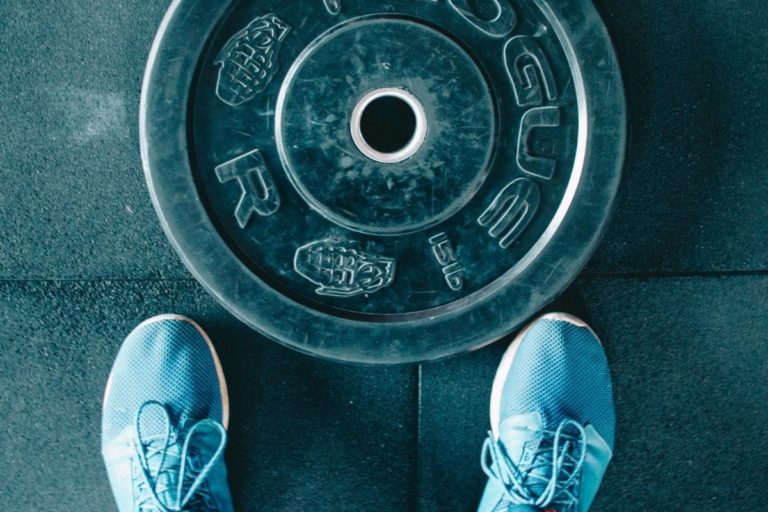How to schedule a program for a busy lifestyle
A busy lifestyle can make it difficult to prioritize going to the gym or exercising, however, we can always make it happen! By following the simple steps below, you can create what works for you!
Step 1: GOALS! Dedicate 5 minutes to write down your goals and why you want to achieve them.
Step 2: Choose what type of exercise you will be doing; the gym, going for a walk, bike ride, swim etc.
Step 3: Decide what time works best for you during the day and block out this time from work or any other duties. Whether it’s 20 mins or 2 hours, every minute counts!
Step 4: Create a program for yourself or ask a trainer for assistance in doing this if needed.
Step 5: STICK TO IT! Stick to the routine and ensure that you are enjoying it and are safe with every exercise.
It is so important that you maintain a healthy routine and work-life balance, to ensure that you create a sound lifestyle for not just yourself, but others surrounding you too!
Benefits of non-exercise activity
Non-exercise activity is one of the best ways to ensure that the body is still ‘moving’ and working while not expending too much energy. While it might not seem like a lot, it turns out that non-exercise activity can have quite a substantial impact on our metabolic rates and calorie expenditures. The main benefits include:
- Aiding muscle recovery.
- Relieve stress and improve mental health.
- Improves cardiovascular health.
- Reduces risk of chronic diseases.
Some hidden benefits for your mental health…
Improved mood:
- Strength training has been shown to improve mood and reduce symptoms of depression and anxiety.
Reduced stress:
- Exercise, including strength training, can help reduce stress and promote relaxation.
Increased self-esteem:
- As you get stronger and fitter, you may feel more confident in your abilities and appearance.
Improved cognitive function:
- Research has shown that regular exercise, including strength training, can improve cognitive function and reduce the risk of cognitive decline and dementia.
Long term health benefits
Increased muscle mass and strength:
- Strength training increases muscle mass and strength, which improves your ability to perform daily activities and sports.
Improved bone health:
- Resistance training can help prevent and reduce the risk of osteoporosis by increasing bone density.
Enhanced metabolism:
- Strength training increases muscle mass, which in turn increases your metabolism and helps you burn more calories at rest.
Reduced risk of injury:
- Strong muscles, tendons, and ligaments help support joints and reduce the risk of injury during physical activity.








